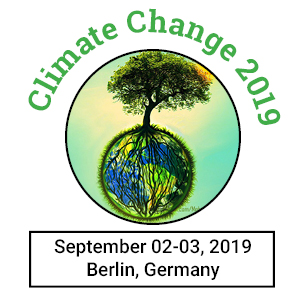Zuzana Poorova
Technical University of Kosice, Sovakia
Title: Urban green and vegetation growth in Košice – case study
Biography
Biography: Zuzana Poorova
Abstract
Statement of the Problem: The need to house population in urban areas is expected to rise to 66% in 2050, according to United Nations. The replacement of natural permeable green areas with concrete constructions and hard surfaces will be noticed. The densification of existing built-up areas is responsible for the decreasing vegetation, which results in the lack of evapotranspiration cooling the air. Such decreasing vegetation causes urban heat islands. Since roofs and pavements have a very low albedo, they absorb a lot of sunlight.
Methodology & Theoretical Orientation: The ideal way to measure any city´s heat island would be to examine regional weather patterns with and without the city in the place. Measuring heat island´s effects on regional climate is useful, but it cannot tell how effective mitigation measures would be at reducing a heat island´s effect. This is where modeling becomes necessary. Models are used to predict how well mitigation measures can reduce urban temperatures, energy use, air pollution and retain water. The simplest and the most common way to analyze a heat island is to compare existing weather data from two or more fixed locations.
Findings: Several studies have shown that natural and permeable surfaces, as in the case of green roofs, can play crucial role in mitigating this negative climate phenomenon and providing higher efficiency for the building, leading to savings. Such as water saving, what is the main idea of this research. Green roof advantages concerning water management include the attenuation of flood peaks in extreme rain events due to stormwater runoff delay, acting like a meanders of the river through water storage in the layers of the green roof, and reduction into the public drainage system. Water distress is an issue, which has brought an attention on the possibility using green roof structures to manage stormwater and allow their storage for later reuse. In Portugal, ANQIP (Associação Nacional para a Qualidade nas Instalações Prediais) has developed a Technical Specification: ETA 701 for rainwater harvesting in buildings, being a valuable tool to couple with the green roof technology.
Conclusion & Significance: Green roofs have the potential to be the most common type of green structures in the city due to their characteristics, low maintenance and low weight to the buildings.

